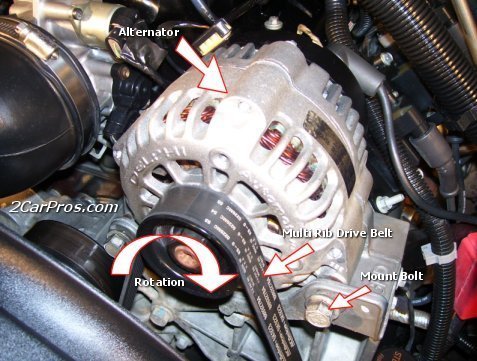You can start the testing yourself with an inexpensive digital voltmeter. Here's a guide on how to use one if you need it:
https://www.2carpros.com/articles/how-to-use-a-voltmeter
This article shows an auto-ranging meter that is more expensive. You have to select the range manually on the less-expensive meters like those you'll find at Harbor Freight Tools and hardware stores. Switch it to the 20-volt DC range. On that range, it will measure any voltage from minus 19.99 volts up to +19.99 volts. You won't hurt it if you connect it backward. It will just show a minus sign. Ignore that for this test.
With the engine running, measure the battery voltage by placing one probe on each battery cable. You must find between 13.75 and 14.75 volts. If you find something considerably higher, as in 17 or more volts, it's best to not drive the van as that high voltage can damage expensive computers. We'll discuss what to do next if that is what you find.
If the voltage is 15 volts or less, I'd drive it to a repair shop. Proper charging voltage as measured at the battery only means it is okay to do the rest of the tests, and for that, you need the professional load tester. If the voltage is not excessive, the alternator's output current also should be okay. It's that current that causes wires to get hot. To reduce the alternator's output current while driving to the shop, turn off everything electrical possible. You don't need the radio, heater fan, and air conditioning, and if you drive near highway speeds, the radiator fan won't turn on either. All those things get their power from the alternator, so turning off as much as possible reduces how much current will be flowing through that wire that's getting hot.
Tuesday, July 16th, 2019 AT 8:20 PM




